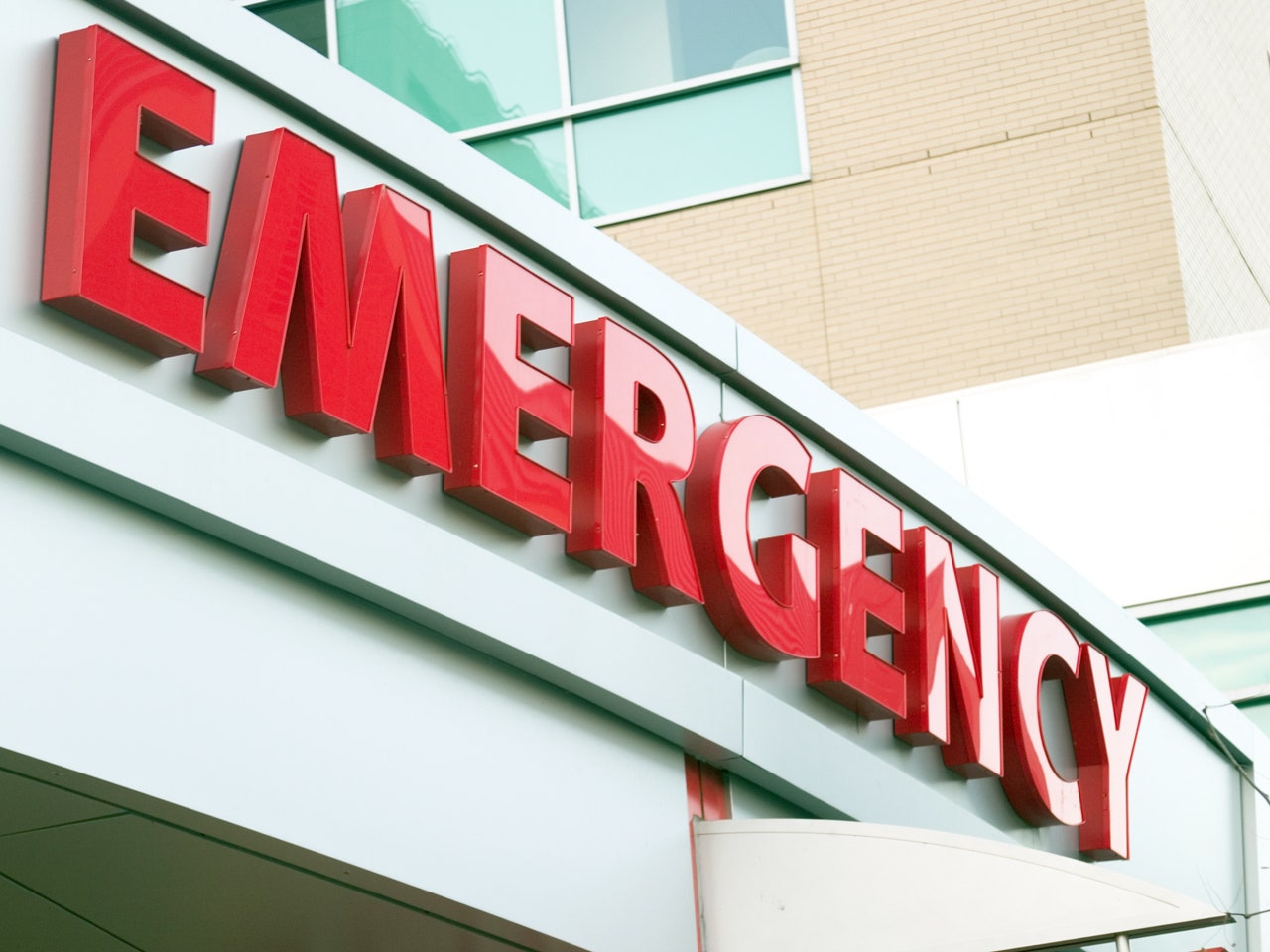Brain Aneurysms: Causes, Symptoms, & Treatment
What are the symptoms of a brain aneurysm?
A brain aneurysm is a bulging, weakened area in the wall of an artery in the brain. Many brain aneurysms cause no symptoms until they rupture and bleed. However, some unruptured aneurysms can cause the following symptoms:
- Headaches: A sudden, severe headache is the most common symptom of an unruptured brain aneurysm. The headache may be localized to a particular area or generalized.
- Vision problems: An aneurysm can put pressure on the optic nerves or cranial nerves controlling eye muscles, causing double vision, blurred vision, or a temporary loss of vision.
- Dizziness or vertigo: Some people with brain aneurysms experience dizziness, vertigo, or a spinning sensation.
- Seizures: In some cases, an aneurysm can cause seizures, particularly if it is located in certain areas of the brain.
- Speech difficulties: Aneurysms in specific locations can cause speech problems, such as difficulty finding words or slurred speech.
- Numbness or weakness: Pressure from an aneurysm on certain areas of the brain can lead to numbness or weakness in the face, arms, or legs.
- Cognitive problems: Brain aneurysms can sometimes cause memory problems, confusion, or changes in concentration or behavior.
- Cranial nerve palsy: Aneurysms can compress cranial nerves, causing symptoms like double vision, facial numbness, or difficulty swallowing.
If a brain aneurysm ruptures, it can cause a sudden, severe headache (often described as the worst headache of one’s life), along with nausea, vomiting, stiff neck, seizures, and loss of consciousness. A ruptured aneurysm is a medical emergency that requires immediate treatment.
It’s important to note that many brain aneurysms have no symptoms and are discovered incidentally during imaging tests for other conditions.
What are the causes of a brain aneurysm?
There are several potential causes and risk factors that can contribute to the development of a brain aneurysm:
- Hereditary factors: Brain aneurysms can run in families, suggesting a genetic predisposition. Certain inherited disorders, such as polycystic kidney disease, Ehlers-Danlos syndrome, and neurofibromatosis type 1, increase the risk.
- Arterial wall defects: Congenital defects or abnormalities in the artery walls of the brain can lead to weakening and bulging, forming an aneurysm over time.
- High blood pressure: Chronic, uncontrolled high blood pressure (hypertension) can damage and weaken the arteries in the brain, increasing the risk of aneurysm formation.
- Atherosclerosis: The buildup of fatty deposits in the arteries (atherosclerosis) can put stress on the arterial walls, potentially leading to aneurysm formation.
- Head trauma: Severe head injuries or trauma can cause internal damage to the arteries in the brain, increasing the risk of developing an aneurysm.
- Smoking: Cigarette smoking is a risk factor for brain aneurysms, as it can damage the arterial walls and increase inflammation.
- Drug use: The use of certain recreational drugs, such as cocaine and amphetamines, has been associated with an increased risk of brain aneurysms due to their effects on blood vessels.
- Age: The risk of developing a brain aneurysm increases with age, as the arterial walls naturally weaken over time.
- Gender: Brain aneurysms are more common in women than in men, possibly due to hormonal factors or differences in arterial structure.
In many cases, the exact cause of an individual’s brain aneurysm may be unknown or multifactorial, involving a combination of genetic predisposition and environmental or lifestyle factors that weaken the arterial walls over time.
What is the treatment for a brain aneurysm?
The treatment for a brain aneurysm depends on several factors, including the size, location, and shape of the aneurysm, as well as the patient’s age, overall health, and risk of rupture. The main treatment options include:
- Surgical clipping:
- A craniotomy (opening in the skull) is performed to access the aneurysm.
- A tiny metal clip is placed across the base of the aneurysm to block blood flow into the bulging area and prevent rupture.
- This is a common treatment for larger aneurysms that are surgically accessible.
- Endovascular coiling:
- A less invasive procedure where a small catheter is guided through the blood vessels to the aneurysm.
- Tiny coils or other materials are inserted into the aneurysm to promote blood clotting and seal off the aneurysm from the inside.
- This option is often suitable for smaller, wide-necked, or difficult-to-access aneurysms.
- Flow diversion:
- A mesh stent is placed across the neck of the aneurysm to divert blood flow away from the aneurysm sac.
- This allows the aneurysm to clot off and shrink over time.
- It is an option for complex or wide-necked aneurysms.
- Surgical bypass:
- For aneurysms located in critical areas, a bypass procedure may be performed to reroute blood flow around the aneurysm.
- A new pathway is created from the artery before the aneurysm to the artery beyond it.
- Observation and monitoring:
- For small, unruptured aneurysms with a low risk of rupture, regular imaging tests and monitoring may be recommended instead of immediate treatment.
The choice of treatment depends on factors like the patient’s age, overall health, and the aneurysm’s characteristics. In some cases, a combination of treatments may be used.
For ruptured aneurysms, emergency treatment is required to stop the bleeding, restore blood flow, and relieve pressure on the brain. This may involve surgical clipping, coiling, or other interventions.
Lifestyle modifications, such as quitting smoking, controlling blood pressure, and avoiding strenuous activities, may also be recommended to reduce the risk of aneurysm rupture or formation of new aneurysms.




